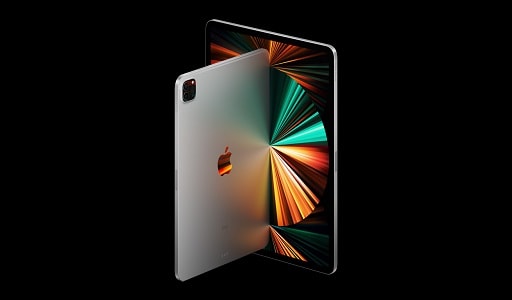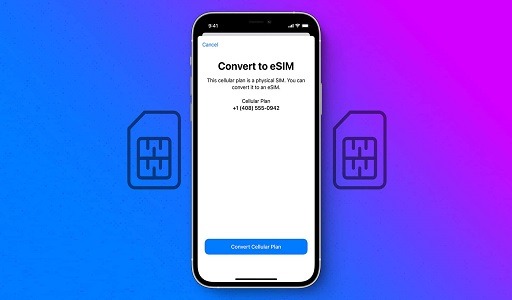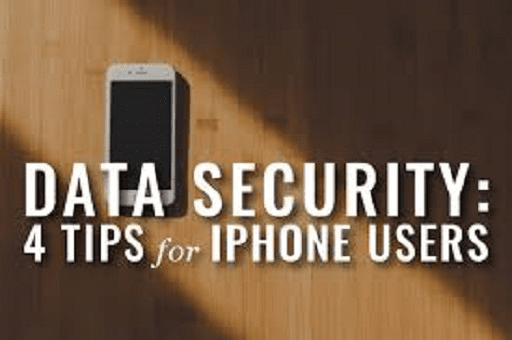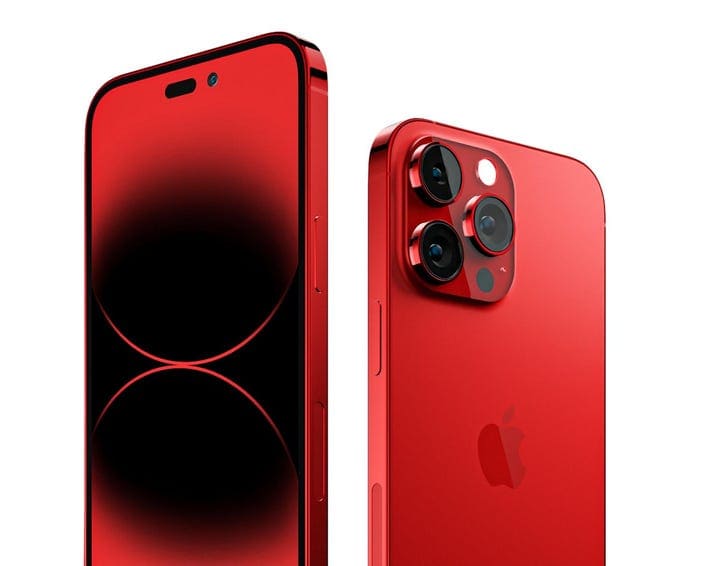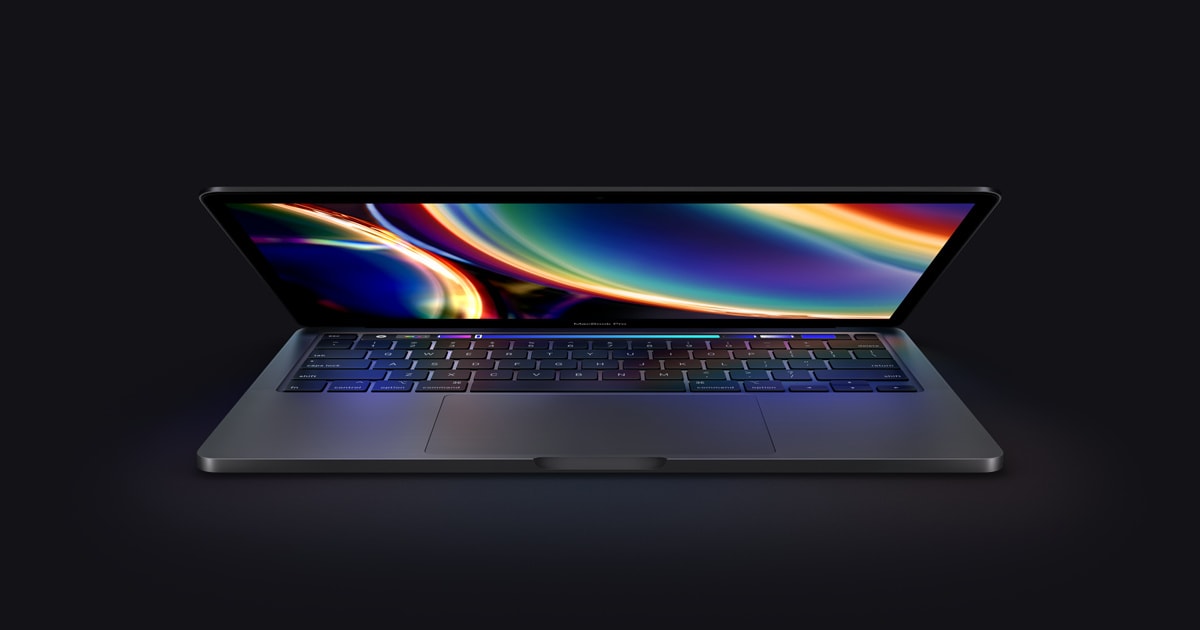When it comes to the iPad, Apple loves to make a controversial statement or two. Remember when CEO Tim Cook said, “Why would you buy a PC anymore? No really, why would you buy one?” Or the commercial with the iPad-toting kid that sparked rage in the PC world with the question “What’s a computer?” Magic Keyboard For iPad Pro
Thanks to the iPad Pro’s new Magic Keyboard, you may find yourself agreeing with Mr. Cook and friends. It has all sorts of advantages over a MacBook, and its floating magnetic design is downright cool.
But when it comes to being a great laptop for getting work done, there are still plenty of reasons why the iPad Pro is not yet ready to replace your MacBook. It’s a fantastic 2-in-1 tablet, but here are the key areas where the humble laptop is still a better option for some people. Magic Keyboard For iPad Pro.
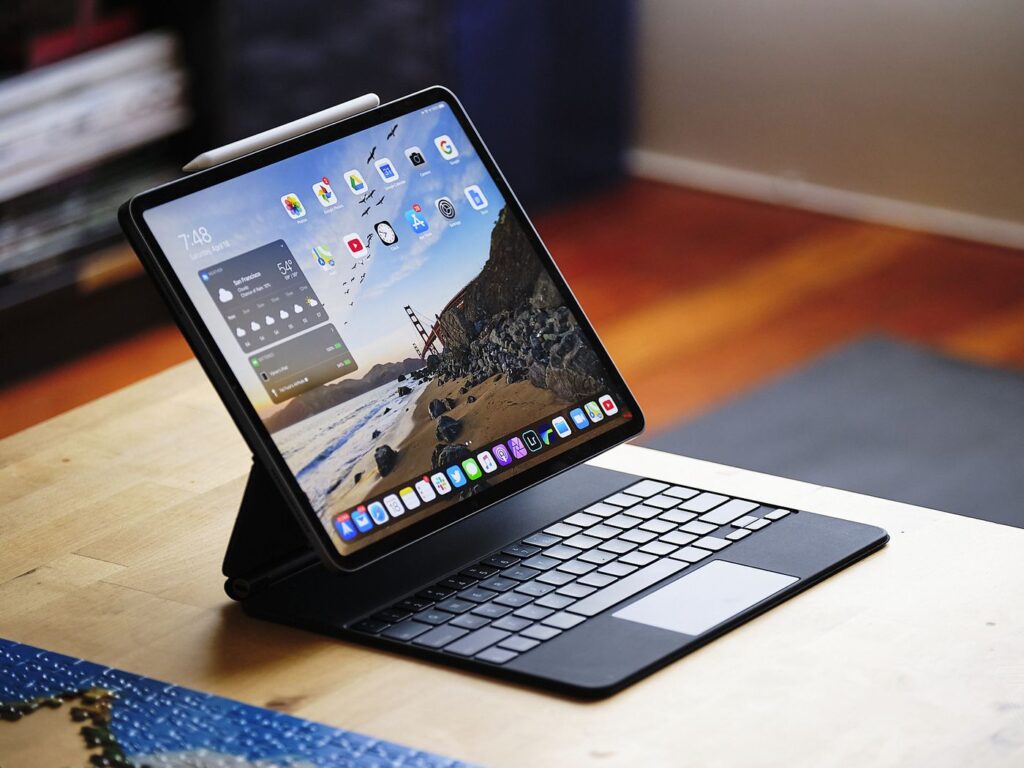
Typing and extended working
The Magic Keyboard is a big step forward for the iPad. The improved keyboard and the inclusion of a trackpad bring it closer than ever to replicating a true laptop experience. The physical feeling of the keypresses is better than any other keyboard cover out there, and matches what you get on a MacBook. And yet, when it comes to the pure typing experience, MacBooks still have the upper hand for a few different reasons.
First off, everything on a MacBook is larger and more comfortable. The keyboard layout is more spacious, the trackpad is wider, and the wrist rests are taller. The Magic Keyboard is good enough in these areas, but if you had to choose a better typing experience, you’d pick the MacBook every time. The Magic Keyboard also doesn’t include a function row, which comes in handy for quickly adjusting settings or accessing shortcuts.
The bigger issue right now is software. Cursor support for the iPad Pro was a huge step forward, but not all applications are up to speed. Apple’s own apps fluidly switch between contextual cursor types and vastly improve text selection. But important apps like Google Docs and OneNote still use the old iOS-style text selection, which is clumsy. That’ll hopefully get ironed out over time, but right now, the experience is hit-or-miss.
Multitasking apps and workflows
Apple has worked hard to improve the multitasking experience on the iPad Pro. It now features Split View and mouse support, and Apple has forked iPadOS away from iOS to focus on iPad-centric workflows. And still, it cannot compete with MacOS.
Let’s look at Split View. It is decent but limits you to only using two apps side-by-side. On a MacBook (with a little help from third-party apps like the excellent BetterSnapTool), you can snap windows to the corners of your screen and have four apps on the go at once. Just drag the windows to your screen corners — or better yet, use some keyboard shortcuts — and you have an infinitely more flexible workspace than you get on the iPad Pro.
Even without third-party apps, the Mac is better here. For instance, there is no way to have multiple virtual desktops on the iPad, but there is on the Mac. While the iPad Pro does some multitasking things well, it’s got nothing on the Mac.
Connectivity
Look at your MacBook. How many devices do you regularly connect to it? Maybe you raise it up on a stand and hook up a keyboard and mouse. Perhaps you also use an external monitor with your laptop for a better viewing experience. There are a lot of times where we need to connect more than one peripheral at a time, but the iPad Pro’s single USB-C port puts paid to that.
Worse, the iPad Pro’s solitary port means that even if you only want to pair your device with a single peripheral, you cannot do that while simultaneously charging your iPad. While both the iPad Pro and MacBook have USB-C ports, those on modern MacBook models are much faster thanks to being Thunderbolt 3 compatible — the MacBook’s ports can hit speeds of up to 40Gbps, while the iPad Pro can only reach a quarter of that. All that combined means the iPad Pro is far less flexible when it comes to connectivity.
The Magic Keyboard does include an extra USB-C port in its base, but it can only be used for charging.
File management
In recent years, Apple has belatedly added some level of file management and external hard drive support to the iPad Pro. That’s great for travel photographers who need to manage files on the go, but if you have a massive library of documents that you need to get under control, it still falls short of what you can do on the Mac.
Take this example we experienced when we tried ditching a MacBook for an iPad Pro: “Selecting a thousand photos to add to an album is a pain, as there is no equivalent to a Command-A shortcut to select all. Instead, you have to slide a finger over every image.”
The Mac has a wealth of third-party file-management apps, including those that modify or even completely replace the Finder. But even a fraction of that level of customization is not available on the iPad Pro. You can sort your documents in the Files app by date, for example, but on the Mac you can sort by date modified, date created, date last opened, and date added. If you deal with a ton of files every day, the iPad Pro lags well behind the Mac.
Content creation
If you do serious, pro-level work in the Apple ecosystem, there is still only one choice: The Mac. Sure, you can get some professional apps like Photoshop on the iPad Pro, but if you were hoping that means it can compete with the MacBook, there are some serious shortcomings, both in terms of hardware and software. Magic Keyboard For iPad Pro.
Let’s look at apps first. While Adobe promised “real Photoshop” on the iPad, the mobile version still does not have feature parity with the equivalent Mac app (although Adobe is adding new features every month). But Photoshop is an outlier. Looking for apps like Logic Pro X, Adobe Premiere Pro, or Final Cut Pro X on the iPad Pro? Tough luck.
Even for those pro-level apps you can get on the iPad Pro, you will find yourself limited. Sure, the Apple A-series processor in the iPad Pro is phenomenally powerful, but you will find yourself held back in other ways. For tasks like video rendering and machine learning, a dedicated graphics card is a must, yet the iPad Pro is devoid of options in this area. If you want to do high-end, serious workloads, you are best off sticking with a MacBook Pro, specifically the 16-inch model.







